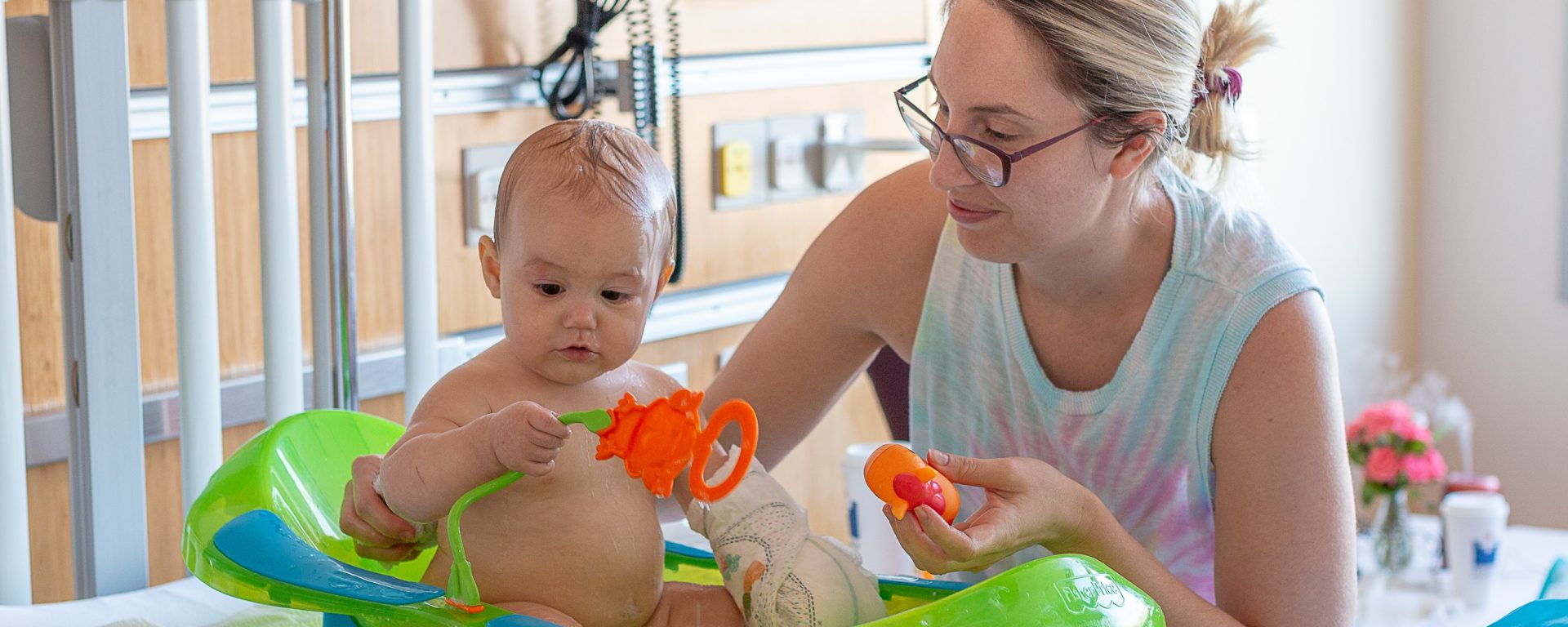In 1994, Reed, et. al., conducted study about Bedwetting, which is scientifically known as primary nocturnal enuresis, is a common condition that affects many children worldwide. While there are various approaches to managing this condition, a recent controlled clinical trial conducted at the Palmer Institute of Graduate Studies and Research examined the potential effectiveness of chiropractic treatment. The study aimed to evaluate whether high-velocity, short lever adjustments of the spine, consistent with the Palmer Package Techniques, could significantly reduce the frequency of bedwetting episodes in children with primary nocturnal enuresis.
The research involved a 10-week controlled clinical trial, preceded and followed by a 2-week nontreatment period. The participants included forty-six children with primary nocturnal enuresis, aged between 6 and 12 years, who were initially selected from a group of 57 children. Among these children, 31 were assigned to the treatment group, while 15 were allocated to the control group.
During the trial, two 5th-year chiropractic students, under the supervision of two clinic faculty, administered the interventions. The treatment group received high-velocity, short lever adjustments of the spine using the Palmer Package Techniques. On the other hand, the control group received sham adjustments, which involved the use of an Activator set at a nontension setting and applied to the examiner’s underlying contact point.
At the conclusion of the 10-week treatment period, the results demonstrated promising trends in the chiropractic management of primary nocturnal enuresis. The treatment group experienced a significant reduction in bedwetting frequency, with the mean wet night frequency decreasing from 9.1 nights per 2 weeks to 7.6 nights per 2 weeks (p = 0.05). Conversely, the control group exhibited minimal change, with the mean wet night frequency remaining relatively constant at 12.2 nights per 2 weeks (compared to 12.1 nights per 2 weeks at baseline).
While the difference in mean pre- to post-treatment change between the treatment and control groups did not reach statistical significance (p = 0.067), 25% of the children in the treatment group experienced a notable reduction of 50% or more in bedwetting frequency compared to none in the control group.
The findings of this controlled clinical trial provide encouraging evidence suggesting that chiropractic treatment may be effective in managing primary nocturnal enuresis in children. However, further investigations are warranted to validate these results. A larger study, with a longer duration and a follow-up period of at least 6 months, would be valuable in establishing the potential benefits of chiropractic interventions for children with bedwetting issues. Until then, chiropractic management remains a promising avenue for parents and healthcare practitioners to consider in addressing primary nocturnal enuresis in children.
Reference: Reed, W. R., Beavers, S., Reddy, S. K., & Kern, G. (1994). Chiropractic management of primary nocturnal enuresis. Journal of manipulative and physiological therapeutics, 17(9), 596-600.
